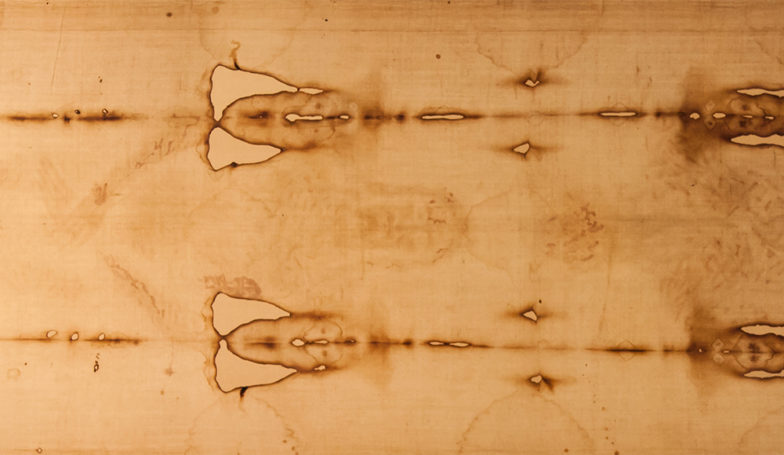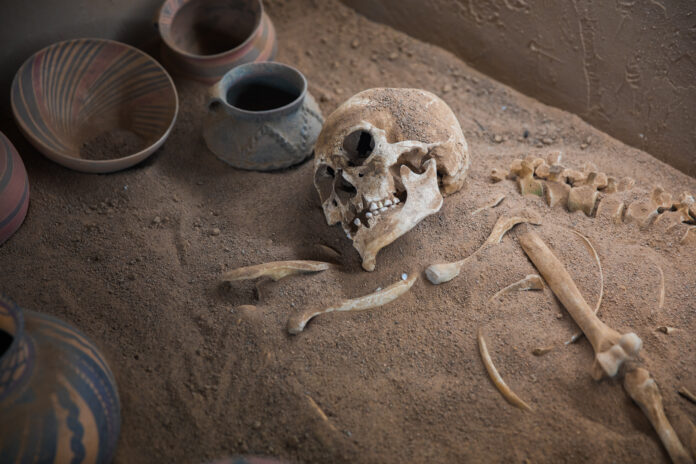Historic Age Debate: Creation Ex Nihilo, Part 2 (of 4)
The doctrine of creation ex nihilo (“creation out of nothing”) has been firmly and uniformly taught throughout church history and was declared in important creedal statements (detailed in part 1). To understand why this was such a vital doctrine, we need to first consider the contrasting view prevalent throughout the Greco-Roman world at the time of Christ.
Greek philosophers largely held that matter was eternal and uncreated because the notion of a beginning point for everything seemed absurd to them. In this view, matter would have existed in a chaotic and shapeless state until the gods formed it into the things we see today. (Matter was viewed as evil or contemptible, so the gods would not have created it. Its creation was sometimes relegated to the Demiurge instead.) The Greeks’ view ran in direct opposition to the Judeo-Christian view that God alone is eternal and that everything was brought into existence by Him (i.e., creation ex nihilo). So, the origin of the universe was a decisive battleground between Greco-Roman polytheism and Judeo-Christian monotheism.
The first statements of creation ex nihilo can be traced to Jewish sources before the time of Christ. This is not surprising, since this doctrine was as important for them as for the early church. For example, Second Maccabees (a noncanonical Jewish writing, 2nd century BC) states:
“I beg you, my child, to look at the heaven and the earth and see everything that is in them, and recognise that God did not make them out of things that existed.” (2 Macc. 7:28 NRSV)
Other pre-Christian Jewish works reaffirmed this idea (see Robert Bradshaw, Creationism and the Early Church, chapter 2). The Shepherd by Hermas (2nd century) is the first Christian work to outline this doctrine.
“God, who dwells in the heavens, and made out of nothing the things that exist…” (Hermas, The Shepherd, Vision 1.1)
(Two later fathers, Irenaeus of Lyons and Origen, quoted this work in defense of creation ex nihilo.) An even more definitive statement comes from Tatian (2nd century).
“For matter is not, like God, without beginning, nor, as having no beginning, is of equal power with God; it is begotten, and not produced by any other being, but brought into existence by the Framer of all things alone.” (Tatian, Address to the Greeks 5)
Belief that God alone is eternal and uncreated is central to biblical monotheism; hence matter cannot be eternal (lest it be elevated to the status of a second god). In another passage, Tatian states:
“The case stands thus: we can see that the whole structure of the world, and the whole creation, has been produced from matter, and the matter itself brought into existence by God; …” (Tatian, Address to the Greeks 12)
Yet another important teacher of creation ex nihilo is Theophilus of Antioch (2nd century).
“For the heavens are His work, the earth is His creation, the sea is His handiwork; man is His formation and His image; sun, moon, and stars are His elements, made for signs, and seasons, and days, and years, that they may serve and be slaves to man; and all things God has made out of things that were not into things that are, in order that through His works His greatness may be known and understood.” (Theophilus of Antioch, To Autolycus 1.4)
Athenagoras (2nd century), an Athenian philosopher who had converted to Christianity, also testifies to the veracity of the creation ex nihilo concept. In his Plea for the Christians, he wrote to Emperor Markus Aurelius to protest the Roman persecution of Christians. In it, he refutes a number of charges made against Christians, including the absurd accusation that Christians were “atheists.” (This charge likely arose from the fact that Christians didn’t worship the Emperor or the Greco-Roman gods.) In addressing this charge, he writes:
“But to us [Christians], who distinguish God from matter, and teach that matter is one thing and God another, and that they are separated by a wide interval (for that the Deity is uncreated and eternal, to be beheld by the understanding and reason alone, while matter is created and perishable), is it not absurd to apply the name of atheism?” (Athenagoras, Plea for the Christians 4)
Athenagoras points out that Christians clearly distinguished between the true God (who created everything) and temporal matter (such as the statues of the “gods”).
Of those in the early Church who wrote on this subject, they are all unambiguous except for two—Justin Martyr (2nd century) and Clement of Alexandria (3rd century). Both men studied Greek philosophy prior to becoming Christians.
Justin Martyr wrote that God created from “shapeless” matter (First Apology 59). His references to Plato and “shapeless” matter has led some to question whether Justin held to creation from preexisting matter along the lines of the Greek philosophers. However, he most likely held (contrary to Plato) that it was God who created this “shapeless” matter, which He subsequently formed into things during the creation days. That is, God created matter (Genesis 1:1); that matter was initially shapeless and chaotic (Genesis 1:2); and He then formed it into the world we observe (Genesis 1:3-31).1 Thus, Justin held to creation ex nihilo and rejected eternal matter. Further evidence that he believed in creation ex nihilo is that his two students—Tatian and Theophilus—both clearly taught it.
Clement’s statements on creation are likewise sufficiently unclear as to allow speculation that he followed Greek ideas. Looking closer, however, it seems that he did believe in creation ex nihilo. Like Justin, he believed that the Greeks stole many of their ideas from Moses and the Hebrew Scripture and he could, therefore, appeal to the fact that some Greek philosophers did believe in creation. Specifically, he described the universe “as deriving its being from him [the Maker] alone and springing from non-existence” (Miscellaneous 5.14, also known as Stromata). He also argued that matter could not be its own creator on the basis of the law of cause and effect (Miscellaneous 8.9).
Part 3 will continue this exploration of the early church fathers in terms of what they wrote about this critical doctrine.
The information presented here is based on unpublished research. Inquiries regarding it should be directed to the author ([email protected]).

Dr. John Millam
Dr. Millam received his doctorate in theoretical chemistry from Rice University in 1997, and currently serves as a programmer for Semichem in Kansas City.
| Part 1 | Part 2 | Part 3 | Part 4 |
Further Reading:
- Robert Bradshaw, “Creationism and the Early Church,”.
- Robert Lethem, “‘In the Space of Six Days’: The Days of Creation from Origen to the Westminster Assembly,” Westminster Theological Journal 61, no. 2, (1999), 149-74.
- Kenneth Richard Samples, A World of Difference, (Grand Rapids, MI: Baker Books, 2007).
- Rodney Whitefield, Reading Genesis One, (San Jose, CA: Rodney Whitefield Publishers, 2003).
Endnotes
- In part, Justin erroneously derives the idea that matter was created “shapeless” from a poor Greek translation of Genesis 1:2. That verse teaches that prior to the six creation days, the earth was “formless and empty” (NIV) or “without form, and void” (KJV). The Hebrew here is difficult. A better translation of the Hebrew tōhô wābōhû would be a desolate wasteland (see Whitefield, p. 43-46). In this view, the heavens and earth existed as distinct entities but are not yet ready for habitation.





